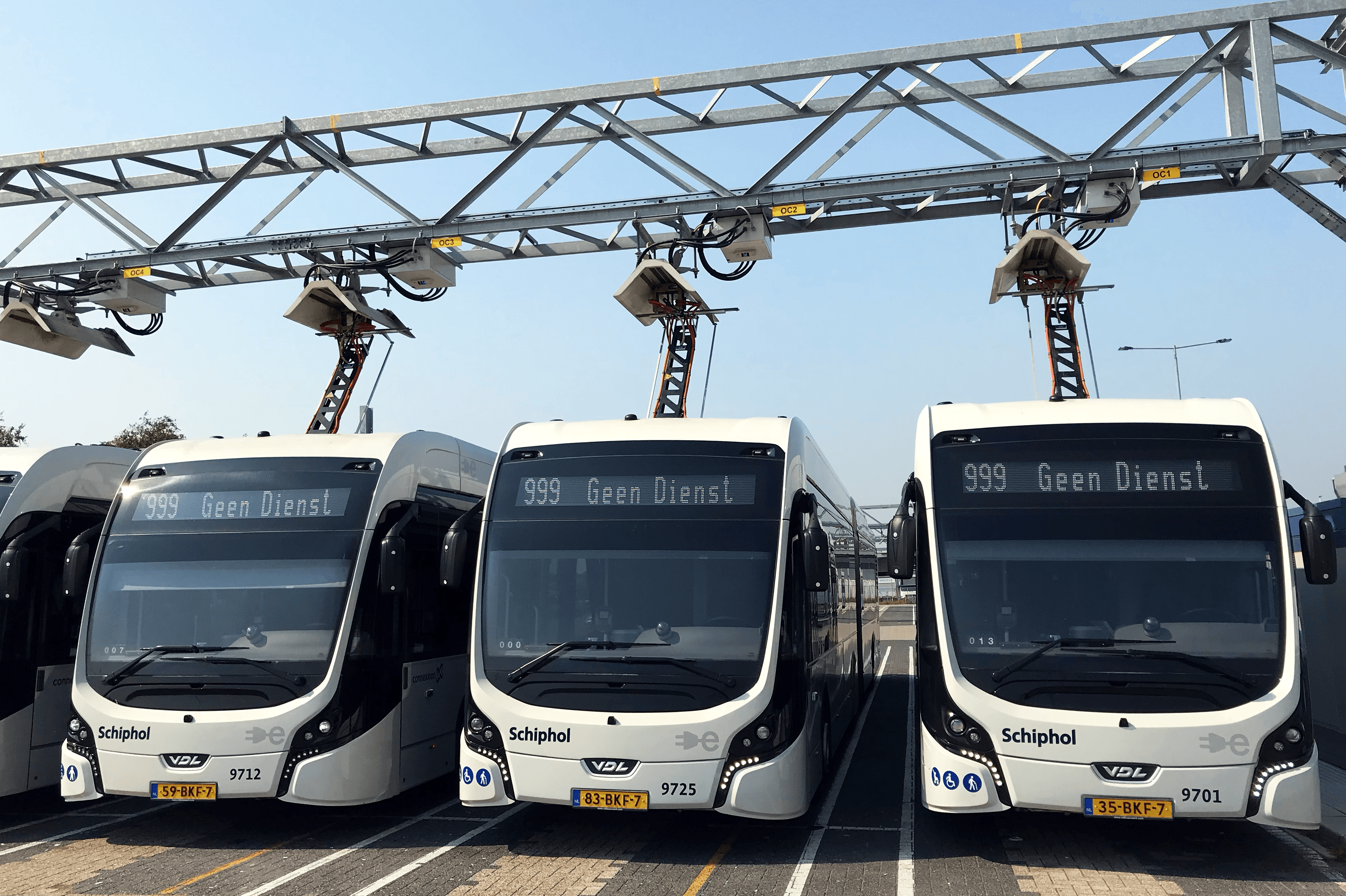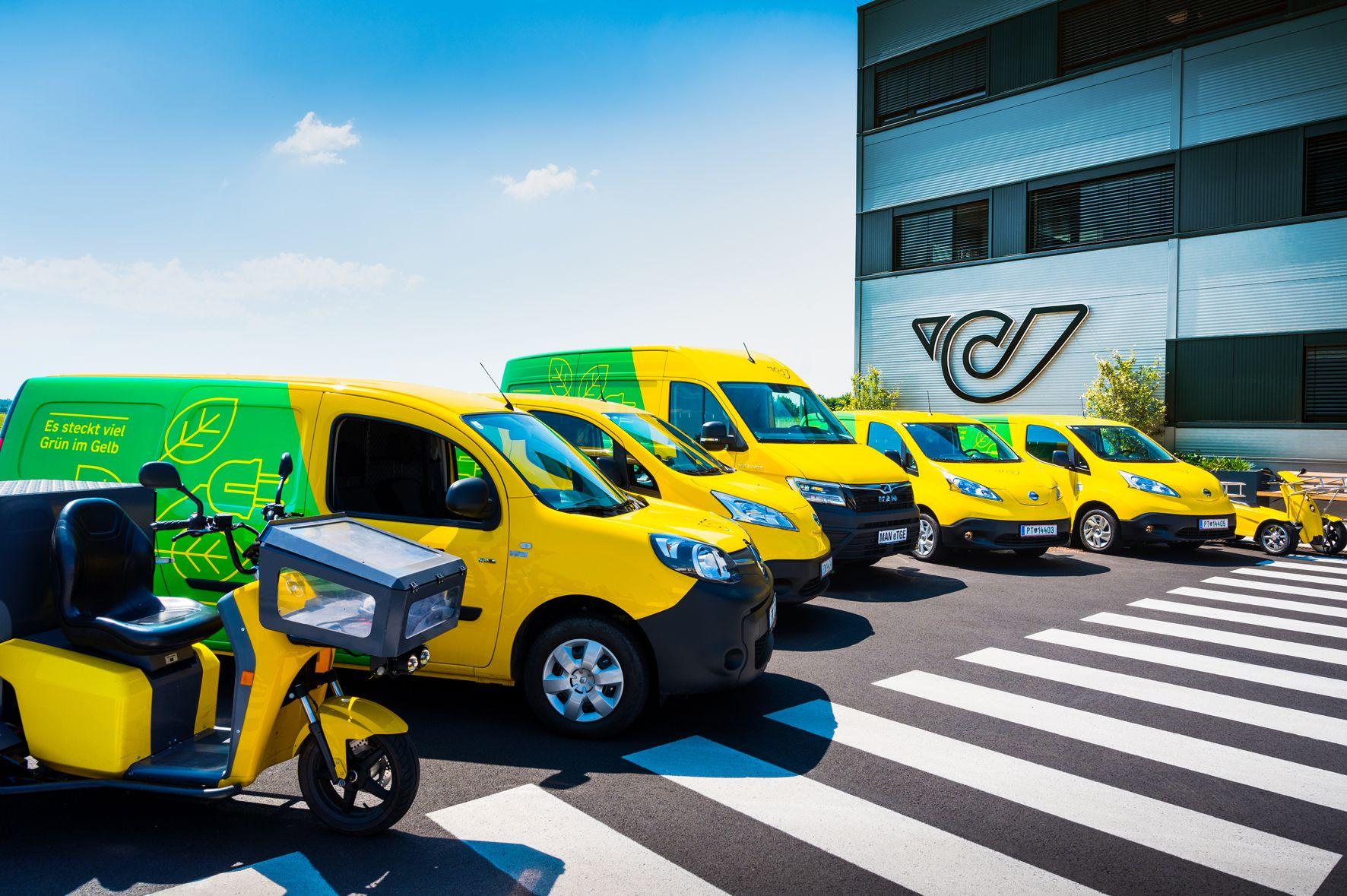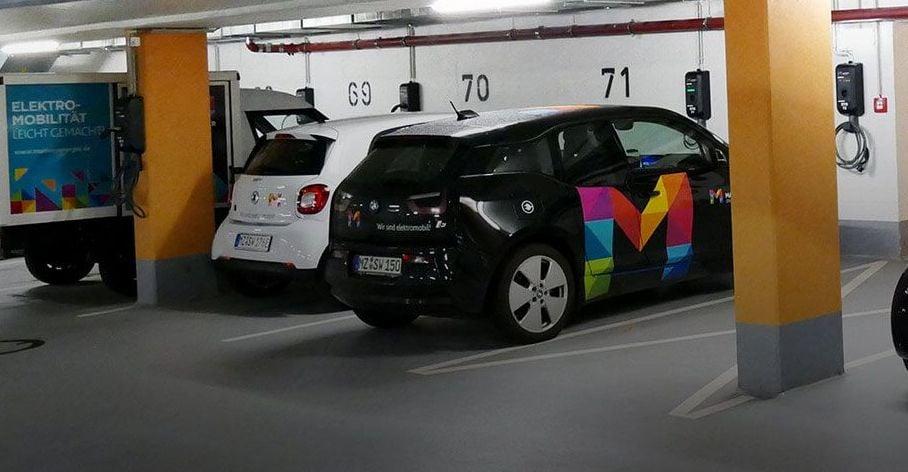Smart charging for today and tomorrow
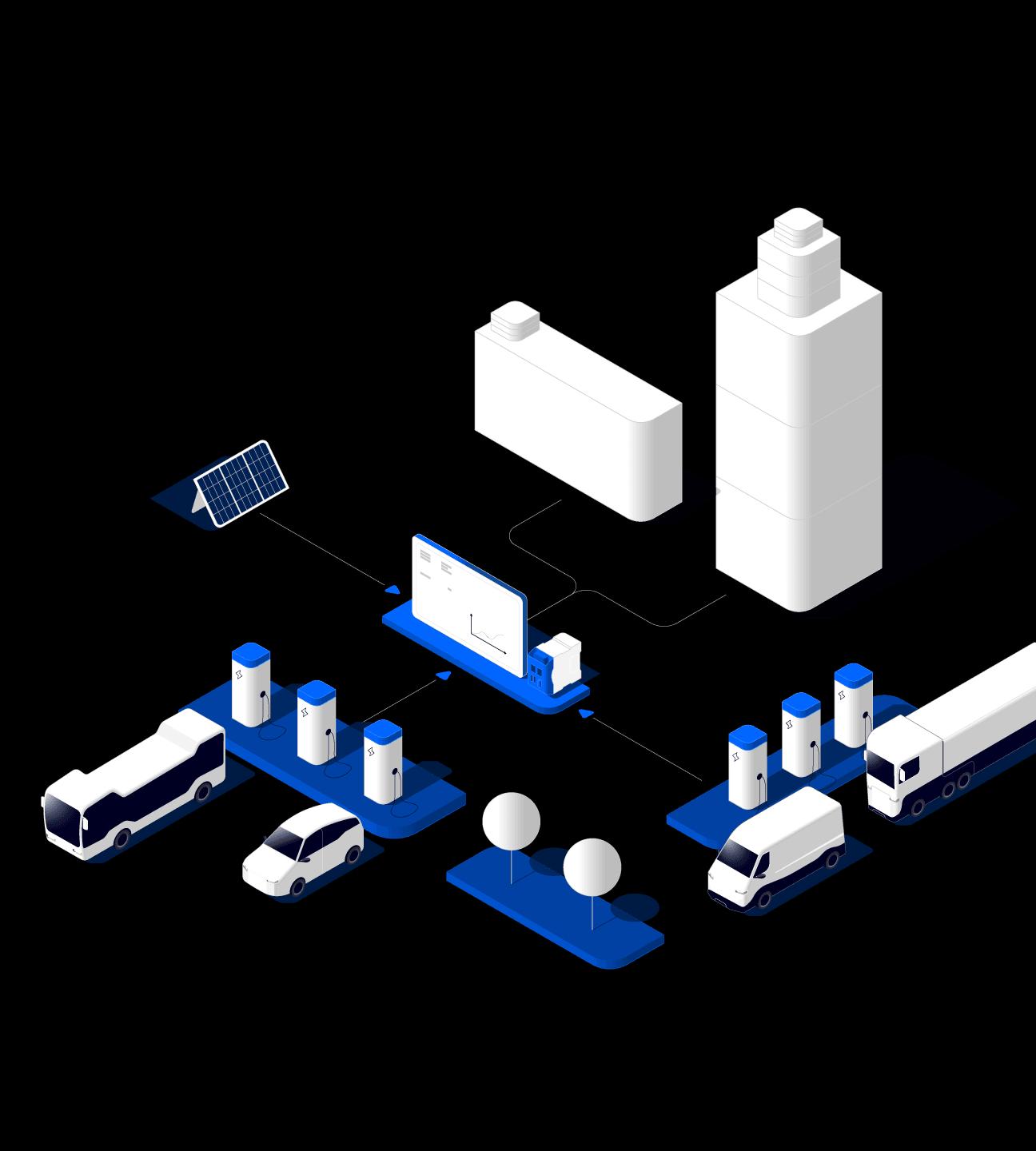
ChargePilot® is the intelligent charging and energy management system for reliable, low-cost EV charging.
Why ChargePilot®
Remote control and aggregated monitoring of multiple charging sites.
ChargePilot® delivers results
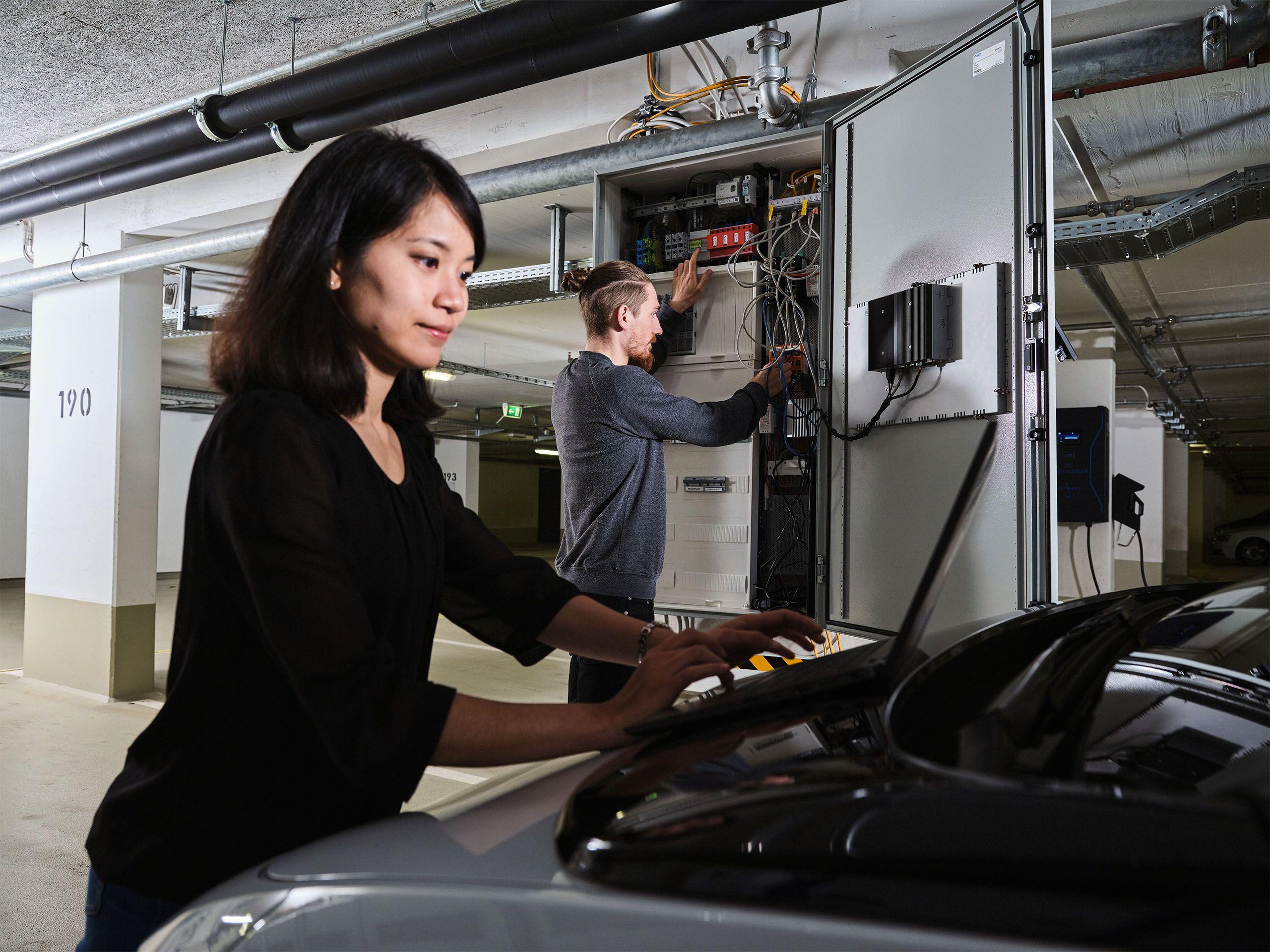
Locally integrated...
The ChargePilot® Controller delivers fail-safe, dynamic load management on site. It intelligently allocates power based on local generation and consumption, vehicle prioritization, and utility signals. The result: maximum efficiency, minimal charging costs.

... and intelligently networked
The ChargePilot® Dashboard offers aggregated monitoring and remote management across multiple charging sites. Integrated authentication management makes user administration simple. Convenient monitoring and intuitive control – anywhere.
Compatibility
Clever combinations
Standard interfaces ensure ChargePilot® works with a range of third-party
systems.
References
Trusted by our valued customers
You can count on us
24/7 monitoring
Unexpected disruptions are automatically reported and resolved remotely. When needed, we swiftly provide on-site assistance.
Personal support
Whether it's during installation, commissioning, or ongoing charging operations, our team provides expert support for all inquiries.
Always up to date
Regular software updates ensure maximum security and introduce new possibilities on the path towards future mobility.
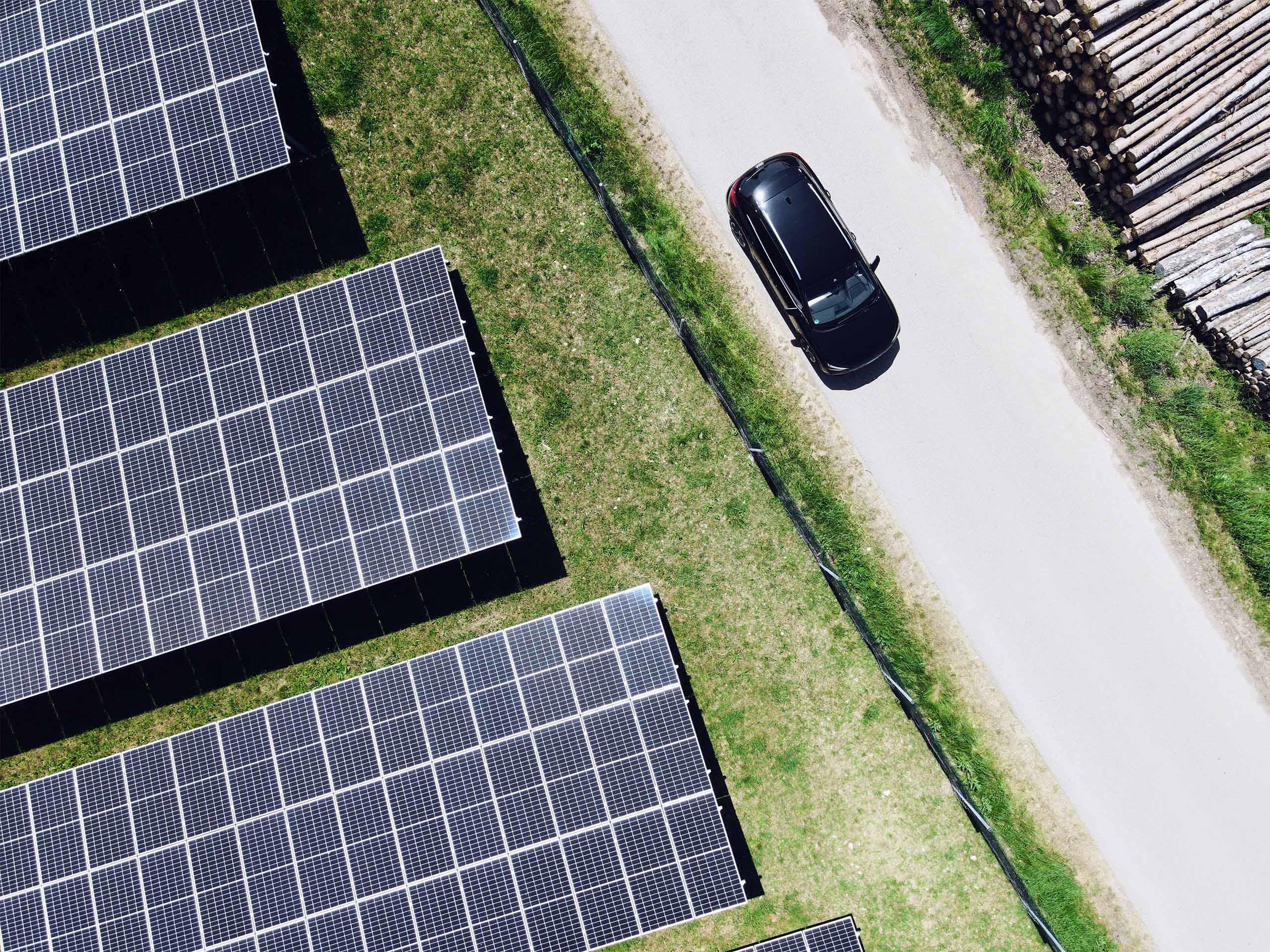
ChargePilot increases the use of locally produced solar energy, significantly reducing costs and enhancing the sustainability of charging infrastructure.
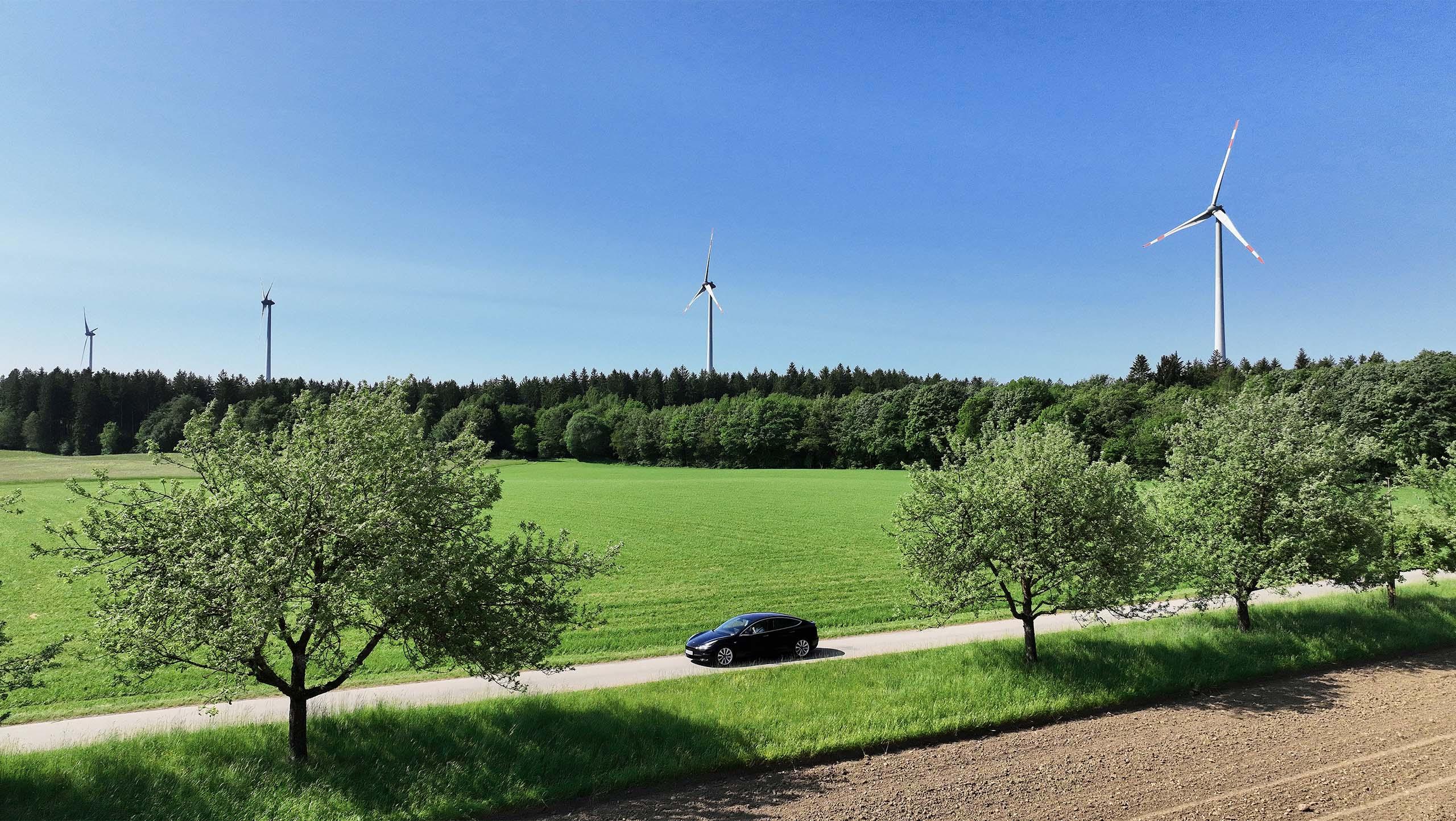
ChargePilot® intelligently leverages dynamic electricity tariffs for vehicle charging, enabling V1G for fleets of any size.

ChargePilot® allocates charging power across multiple sub-distributions while taking additional consumers and generators into account.






%20Bechtle_4f565b6f8dd33a4ef8a10a787782b4ae.jpg&w=3840&q=75)
